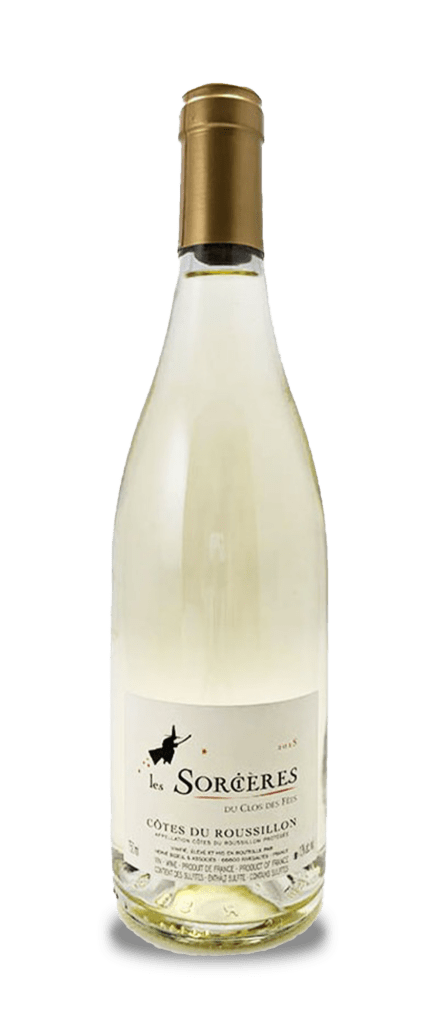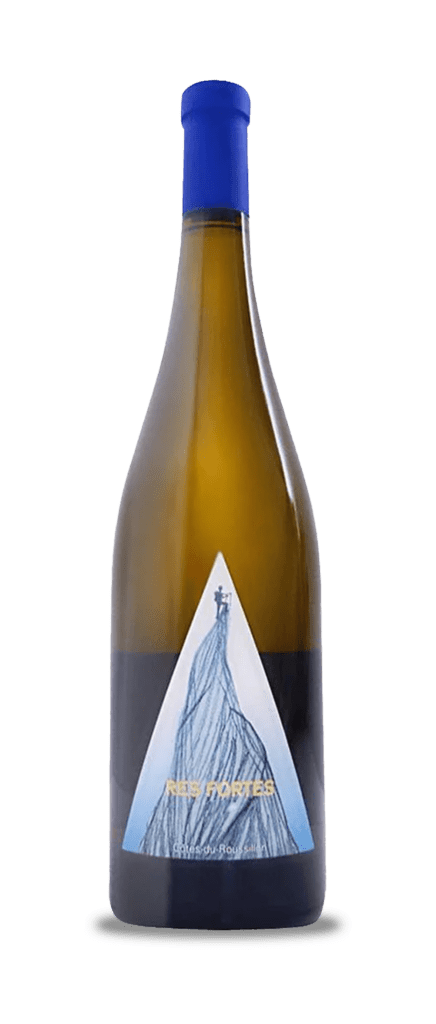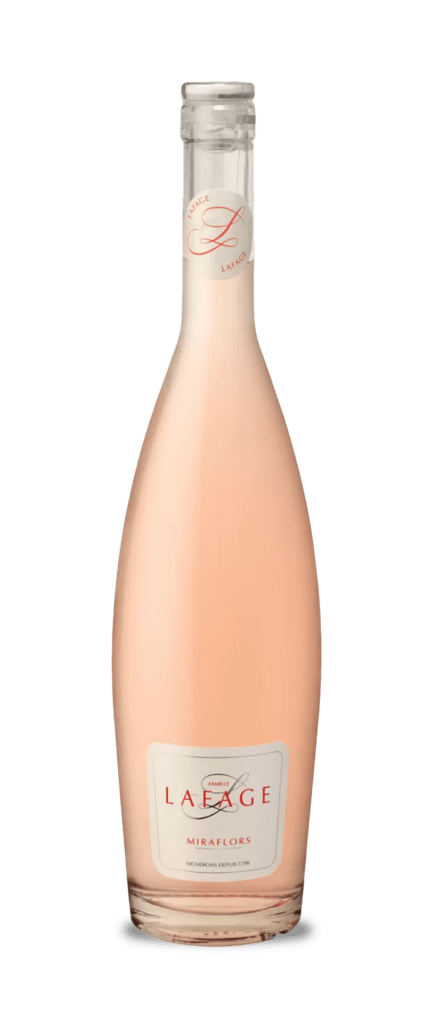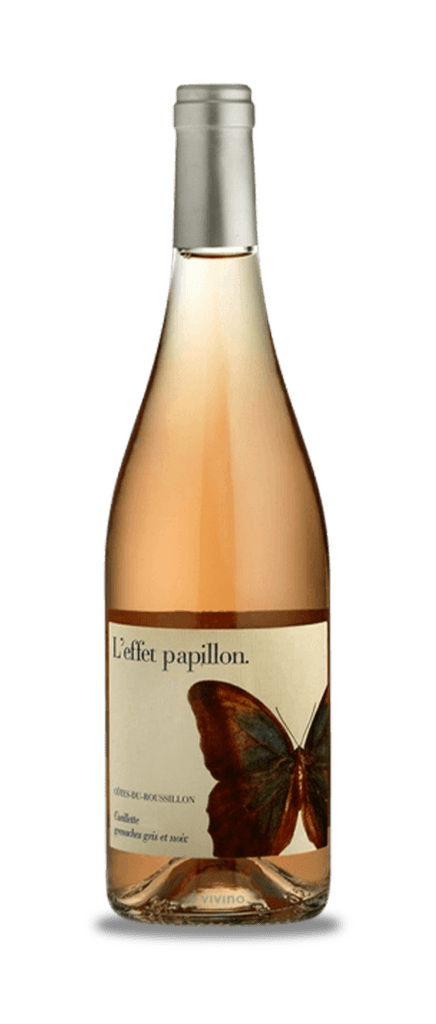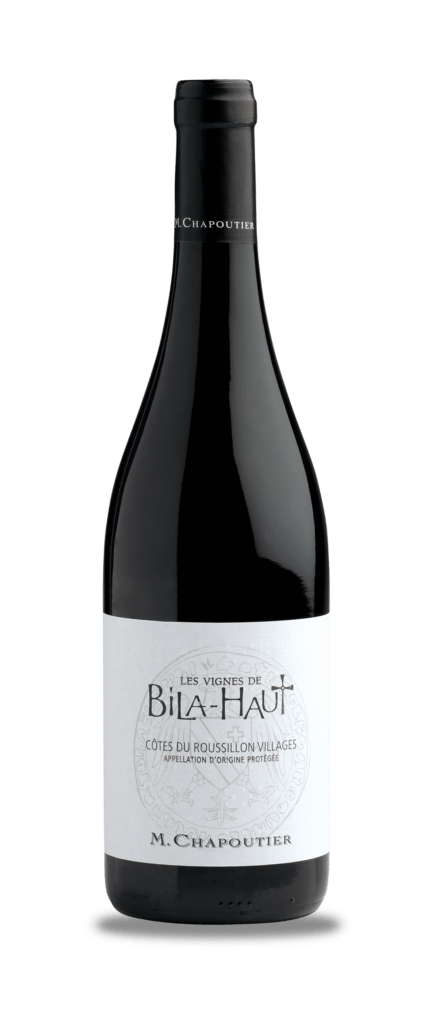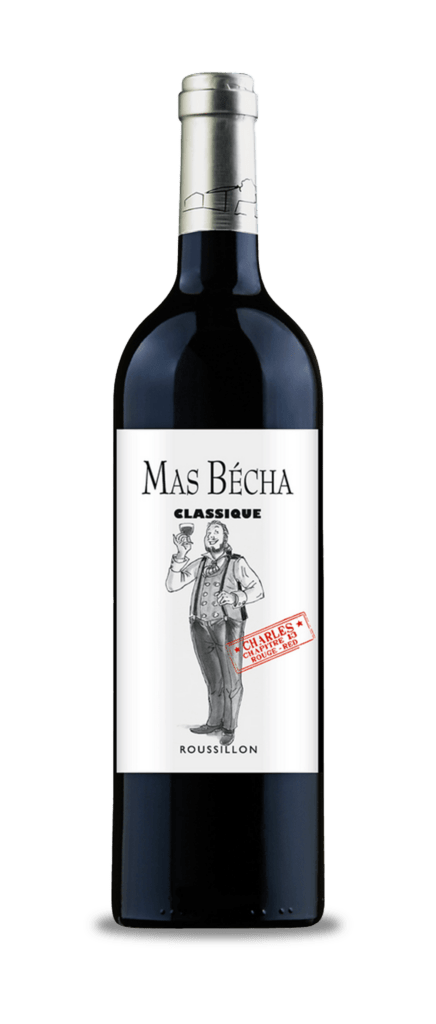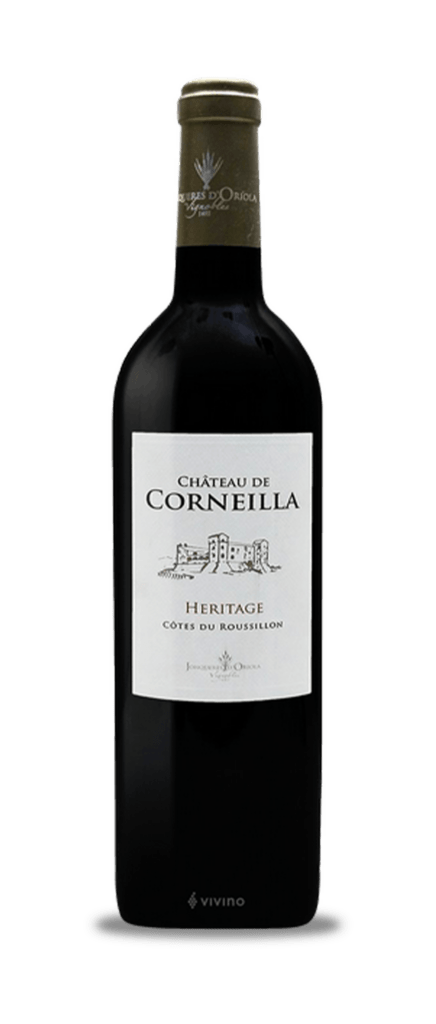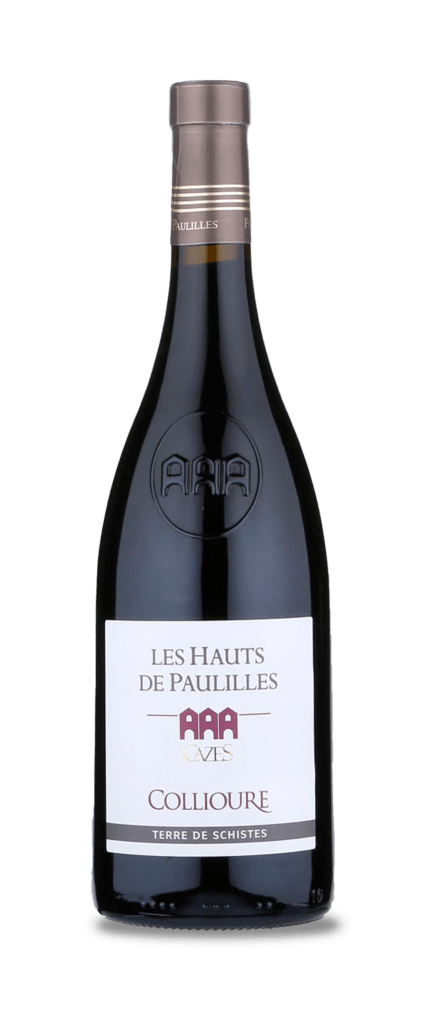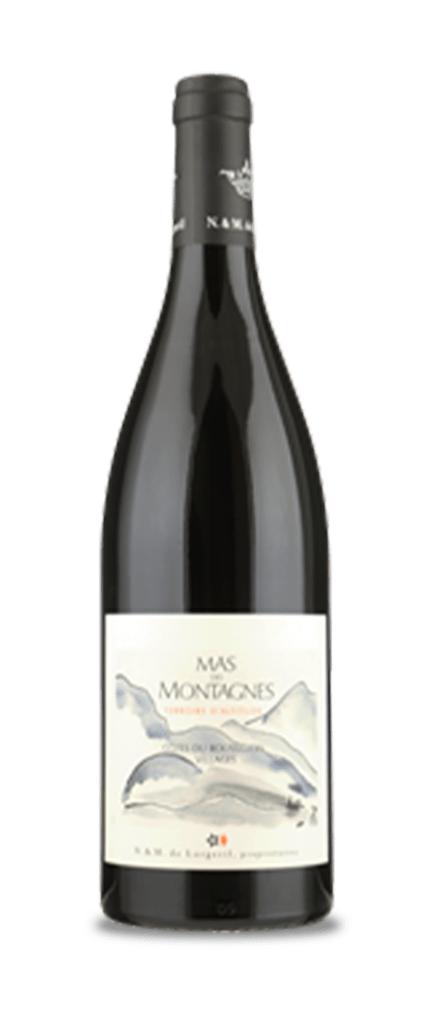Our wine columnist raises a glass to top tipples for the big day
Hello! Christmas is said to be the most wonderful time of the year and for wine lovers, I’d say that was definitely the case. It’s that time when you can pull a cork at 11am without people raising eyebrows (or organising an intervention!) and when everyday wines are replaced by fine ones. So, to give you some festive inspiration here are the six Christmas crackers I’ll be pulling out this year.
First up, a fizz. I’m convinced it’s no coincidence that traditional Christmas breakfast fare perfectly partners sparkling wine. Whether you’re having smoked salmon or eggs Benedict, a glass of fizz is a must. This year I’ll be toasting my smoked salmon on toast with a glass of Balfour 1503 (Majestic £21.99). This English sparkler is delightfully fresh, with plenty of green apples and citrus fruit offset by a pinch of pepper and a twist of thyme before the creamy, yeasty finish.
Suitably restored after my daughter’s excited 5.30am alarm bellow, It’s time to cook. For this I need a sip and run wine that will pique my appetite and year after year I turn to Tio Pepe (£12 Amazon). Quite the most civilised sherry I know, with its arresting, Sauvignon-like crispness, generous pear and melon fruit and creamy hit of yeast, it’s the perfect aperitif and goes brilliantly with all types of canapé and Christmas nibbles.
“There’s no point putting wine with Christmas pudding.”
Giles Luckett
Prep done, it’s time to take a well-earned break and share a glass with the family. This calls for Champagne and I’ll be serving Adnams’ 2012 Vintage Champagne (Adnams £41.99). 2012 was a fantastic year in Champagne, and the extended bottle age this has received has imparted a lovely softness that makes it a real crowd-pleaser. From its inviting nose of dried apples, honey, and lemon to its broad, generous, weighty palate of red apples, melon, peaches and digestive biscuits, this is a class act.
The turkey’s resting (no idea why, it’s me that’s done all the work) so it’s time to open the wines for the main event. I like to have a white and a red on the table, the latter being perfect for brown meat lovers, and this year I’ll have the Organist Chardonnay 2022 (£26 Ocado) and the Miguel Torres Vigno Carignan (Waitrose £13.99).
The Organist cleverly balances intense, bold, fruit tones of baked apple, peach, and grapefruit with a luscious, buttery vanilla imparted by the oak ageing. This allows it to balance the breast’s natural dryness while bringing out the flavour without overpowering it. The Vigno on the other hand is a dark, juicy wine whose ample blackberry and loganberry character cuts through leg and wing’s gaminess while its dried herb tones add another dimension to it.
And to finish. There’s no point putting wine with Christmas pudding. Trust me, I’ve tried everything from Sauternes to Madeira and all get lost like the one of the kid’s presents by Boxing Day. After the pud’s done, however, I’m going to settle myself down with a glass of the Ned Noble Sauvignon Blanc (Ocado £14). I tried this little sweetie earlier this year and I was hugely impressed. Opulently rich with flavours of barley sugar, pineapple, caramel, and dried pears, it has a cleansing gooseberry and lime acidity that stops it being cloying. Try this with full-flavoured cheeses – if you can find the room!
Well, here’s to a merry Christmas and a fantastic 2024.
Cheers! Giles









